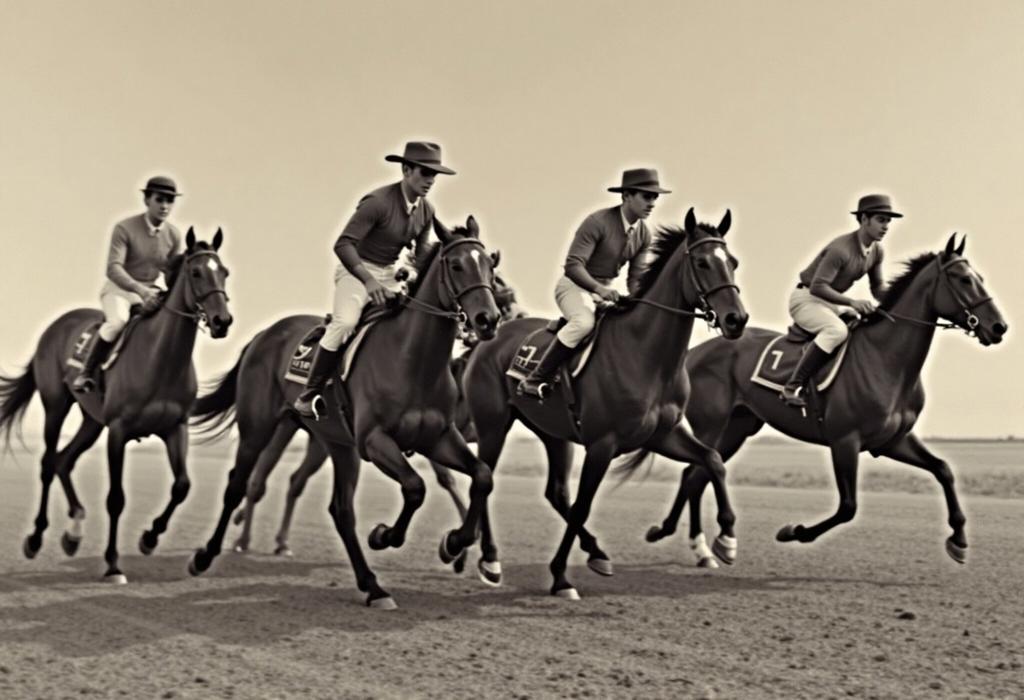In a cinematic adaptation of Shannon Pufahl's 2019 novel, 'On Swift Horses,' directed by Daniel Minahan, the narrative delves into the complexities of love and identity set against the backdrop of a repressive 1950s American landscape. At first glance, this film presents itself as a typical postwar love triangle, featuring Muriel (Daisy Edgar-Jones), a housewife caught between her dutiful fiancé Lee (Will Poulter) and his troubled brother Julius (Jacob Elordi). However, as the plot unfolds, it reveals deeper themes of sexual repression and self-discovery amidst the broad strokes of societal expectations.
The film's strength lies in its exploration of the characters' suppressed desires and struggles for freedom. Muriel’s character encapsulates the plight of women in the 1950s—a struggle exacerbated by her hidden hunger for liberation, which grows more palpable as she interacts with her neighbor Sandra (Sasha Calle). Superficially, Muriel navigates her mundane life, bound to the norms of domesticity, yet Minahan provides an undercurrent of tension through her evolving relationships, particularly with Julius, who is wrestling with his own concealed homosexuality.
Minahan embraces a visually rich style, employing Luc Montpellier's crisp cinematography to juxtapose the alluring trappings of the era against the stark realities faced by those who dared to live outside societal norms. Yet despite its beautiful cinematography and compelling performances, there’s a sense that the film occasionally saccharine-coats the heavier themes of repression and identity in favor of maintaining commercial appeal. While both Edgar-Jones and Poulter deliver nuanced performances, as does Elordi, the characters sometimes feel constricted by their narrative arcs, leading to a final act that, while hopeful, lacks the profundity hinted at in the film's earlier scenes.
Overall, 'On Swift Horses' serves as a reminder of the often-overlooked complexities of life in the 1950s, a time when freedom for many was a distant dream. By intertwining personal and political struggles, the film aims to make viewers reflect on the importance of acceptance and the dangers of societal oppression. Particularly in today’s context of ongoing discussions around LGBTQ+ rights and female empowerment, the film ultimately contributes to a dialogue that remains relevant, framing its conclusions as both poignant and necessary.
AD
AD
AD
AD
Bias Analysis
Bias Score:
30/100
Neutral
Biased
This news has been analyzed from 15 different sources.
Bias Assessment: The review offers a mostly balanced perspective on the film, highlighting both its strengths and potential shortcomings. While it acknowledges the challenges faced by the characters in a repressive era, the language used is generally empathetic and reflective, avoiding overtly judgmental or inflammatory opinions. However, the criticisms of the film at times lean towards a slightly negative slant, suggesting that there may be an underlying bias towards the need for deeper character development and narrative complexity, which could affect how some viewers perceive the artistic choices made by Minahan.
Key Questions About This Article




